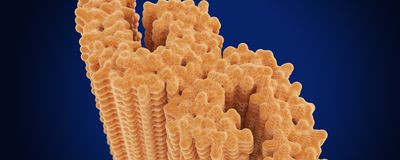blood brain barrier
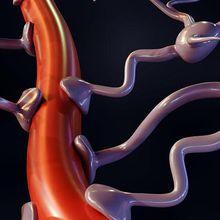
Modeling the Blood-Brain Barrier in a Dish
Sneha Khedkar | Dec 3, 2024 | 4 min read
Human brain and blood vessel organoids merged to form blood-brain barrier assembloids could provide clues into neurological diseases.
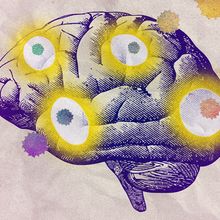
A Journey Into the Brain
Danielle Gerhard, PhD | Mar 22, 2024 | 10+ min read
With the help of directed evolution, scientists inch closer to developing viral vectors that can cross the human blood-brain barrier to deliver gene therapy.
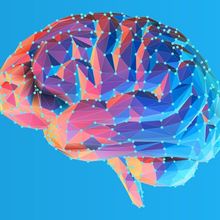
Cancer Cells Need Fatty Acids to Survive in the Brain
Danielle Gerhard, PhD, Drug Discovery News | Aug 30, 2023 | 3 min read
Using a mouse model of breast cancer brain metastasis, researchers showed that tumor cells require fatty acid synthesis to grow, which offers a potential therapeutic target.
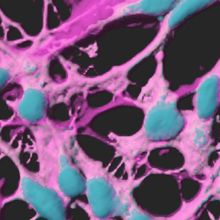
SARS-CoV-2 Could Use Nanotubes to Infect the Brain
Natalia Mesa, PhD | Jul 21, 2022 | 4 min read
Stressed cells can form hollow actin bridges to neighbors to get help, but the virus may hijack these tiny tunnels for its own purposes, a study suggests.

Infographic: Inducing Active Immunity Against Opioid Overdose
Tori Rodriguez | Jun 13, 2022 | 3 min read
How scientists aim to induce an immune response against addictive drugs

Opioid Vaccines as a Tool to Stem Overdose Deaths
Tori Rodriguez | Jun 13, 2022 | 10+ min read
Researchers are turning to the immune system for help in treating addiction and preventing overdose.
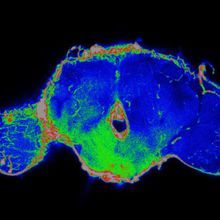
Tumors Disrupt the Blood-Brain Barrier at a Distance
Abby Olena, PhD | Sep 9, 2021 | 4 min read
Shoring up the tissues that separate neurons and other brain cells from the circulatory system in fruit flies and mice can prolong life in the presence of a tumor.
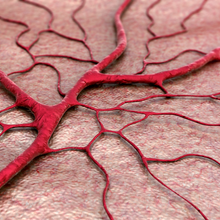
Antisense Oligonucleotides Cross Rodents’ Blood-Brain Barrier
Abby Olena, PhD | Aug 18, 2021 | 3 min read
RNA-DNA complexes that were modified with cholesterol made it into the brains of rats and mice, where they knocked down target genes.
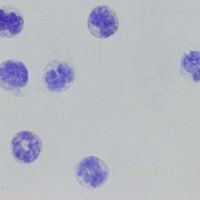
Microscopic Robots Deliver Drugs to the Brain
Asher Jones | Mar 30, 2021 | 5 min read
Researchers turned white blood cells called neutrophils into drug-smuggling “neutrobots,” which penetrated the blood-brain barrier to treat brain cancer in mice.
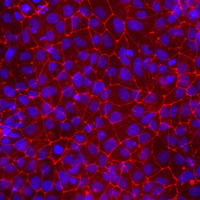
Sex of Human Cells Matters in Studying Neurological Disease
Amanda Heidt | Mar 18, 2021 | 5 min read
Authors of a new review urge researchers to consider how the chromosomal sex of a cell affects experiments in research on neurodegeneration.
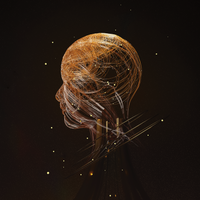
T Cells and Neurons Talk to Each Other
Ashley Yeager | Oct 1, 2020 | 10+ min read
Conversations between the immune and central nervous systems are proving to be essential for the healthy social behavior, learning, and memory.
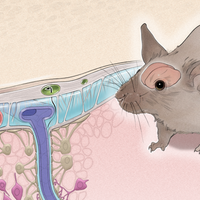
Infographic: How Cytokines Flow into and out of the Brain
Ashley Yeager | Oct 1, 2020 | 2 min read
Several routes exist for immune cells to communicate with neurons in the central nervous system, though T cells rarely come in direct contact with neural tissue.
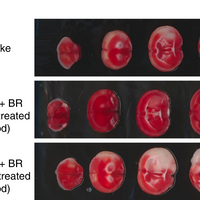
Blood Replacement Rescues Mice from Stroke Damage
Amanda Heidt | Aug 31, 2020 | 5 min read
When mice that had suffered a stroke were given blood from a healthy donor, they experienced less tissue and neurological damage.
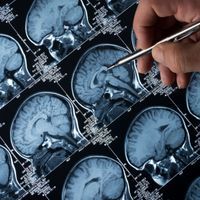
Ultrasound Opens Blood-Brain Barrier in Alzheimer’s Patients
Ashley Yeager | Jul 26, 2018 | 2 min read
A Phase 1 clinical trial shows the noninvasive technique is safe and could aid in the delivery treatments to the brain.
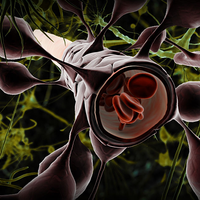
A Noninvasive Way to Control Individual Brain Regions
Catherine Offord | Jul 13, 2018 | 2 min read
Researchers use a combination of ultrasound waves, genetic engineering, and synthetic drugs to switch specific neurons on and off in mice.

Getting Drugs Past the Blood-Brain Barrier
Amanda B. Keener | Nov 1, 2017 | 10+ min read
To treat neurological disease, researchers develop techniques to bypass or trick the guardian of the central nervous system.
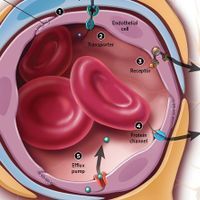
Infographic: Breaking into the Brain
Amanda B. Keener | Oct 31, 2017 | 2 min read
The blood-brain barrier is a collection of specialized cells and proteins that control the movement of molecules from the blood to the central nervous system.
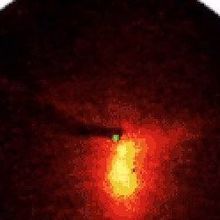
Image of the Day: Teeny Tiny Delivery Balls
The Scientist | Aug 3, 2017 | 1 min read
Scientists designed autonomous nanovesicles capable of following glucose concentration gradients, even through the blood brain barrier in rats.
